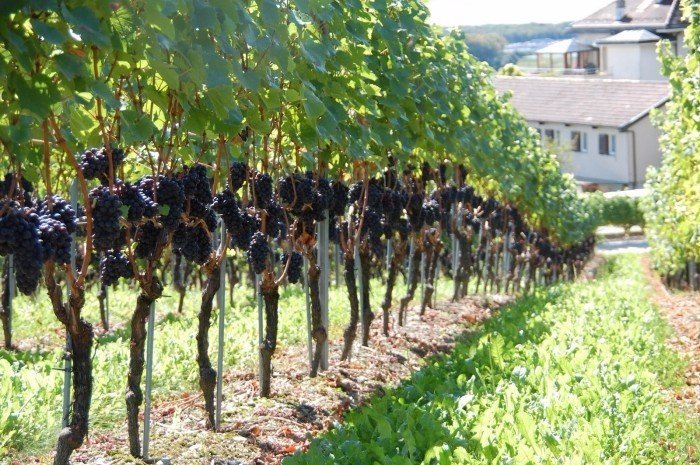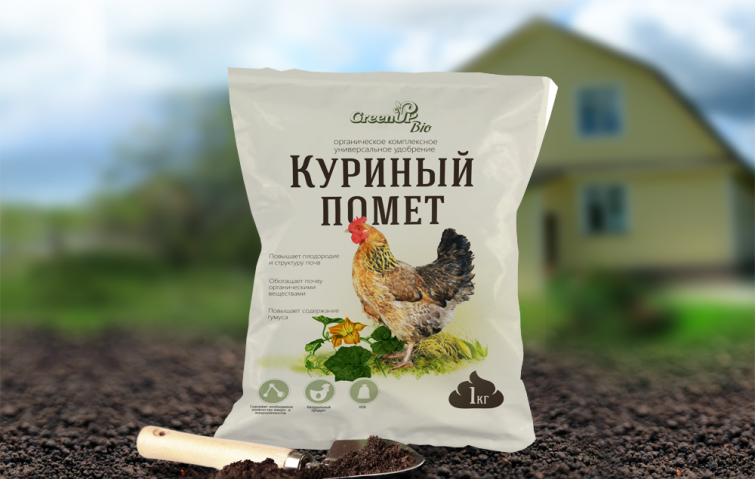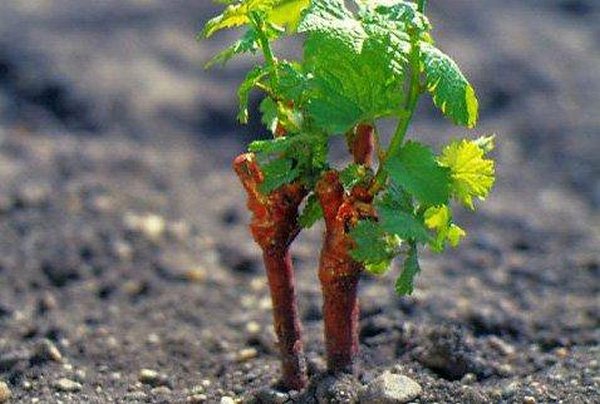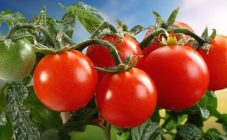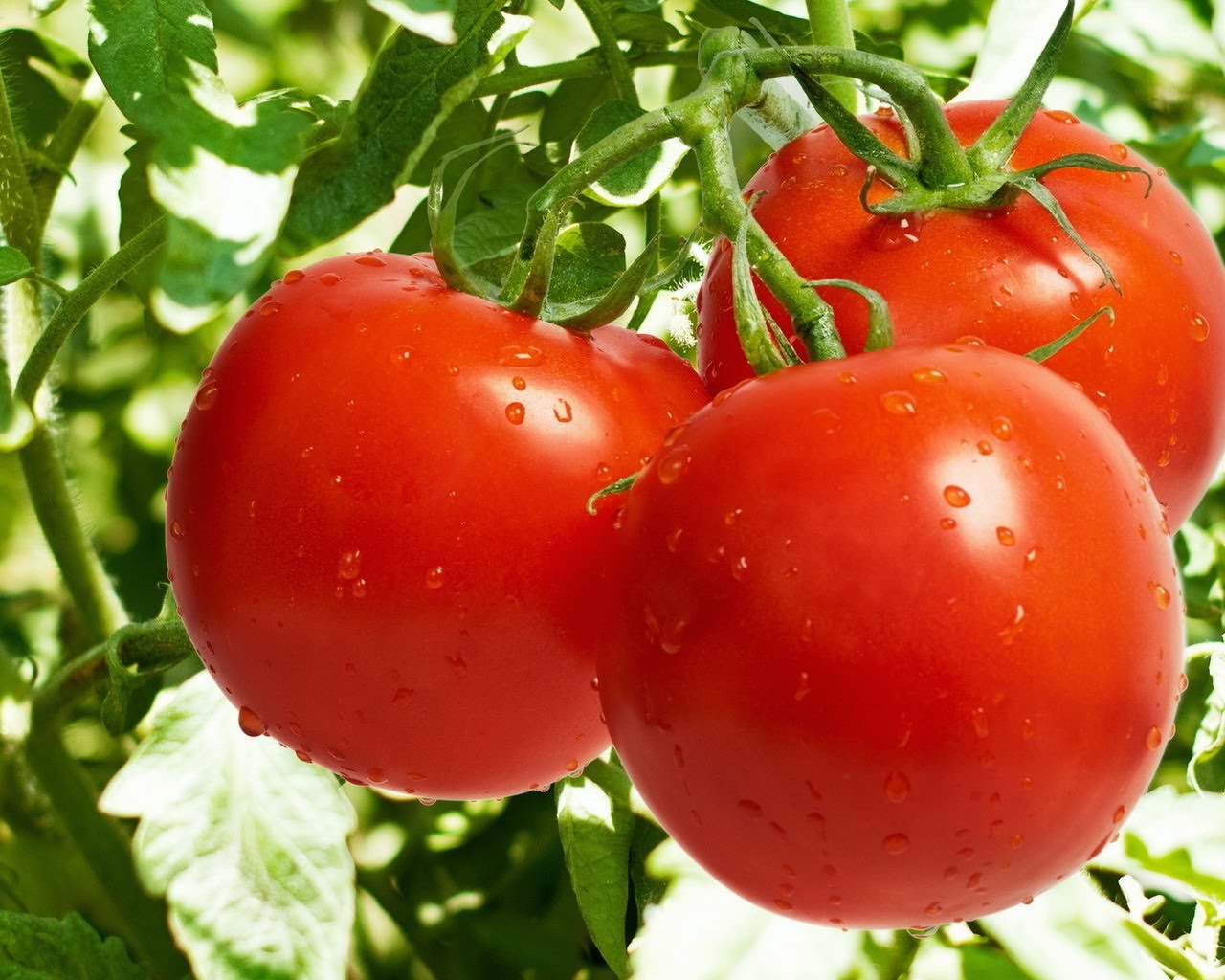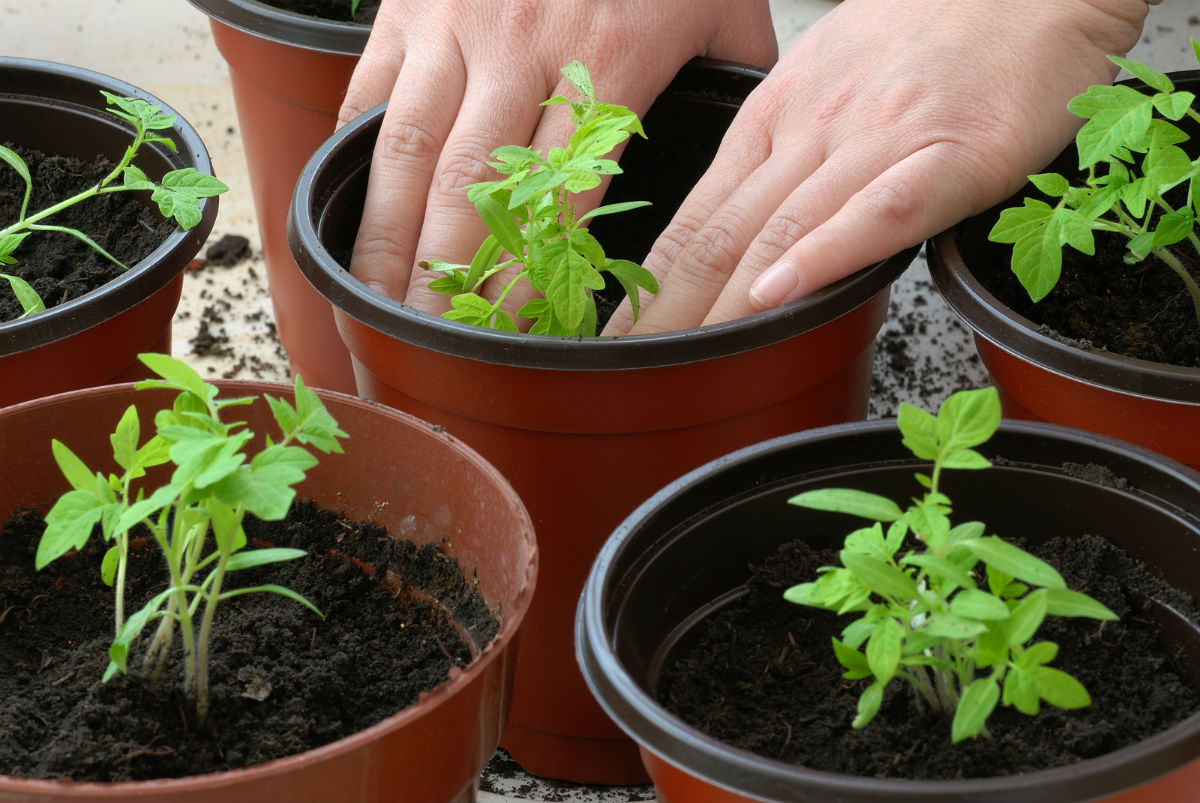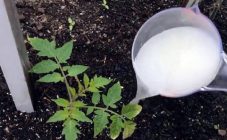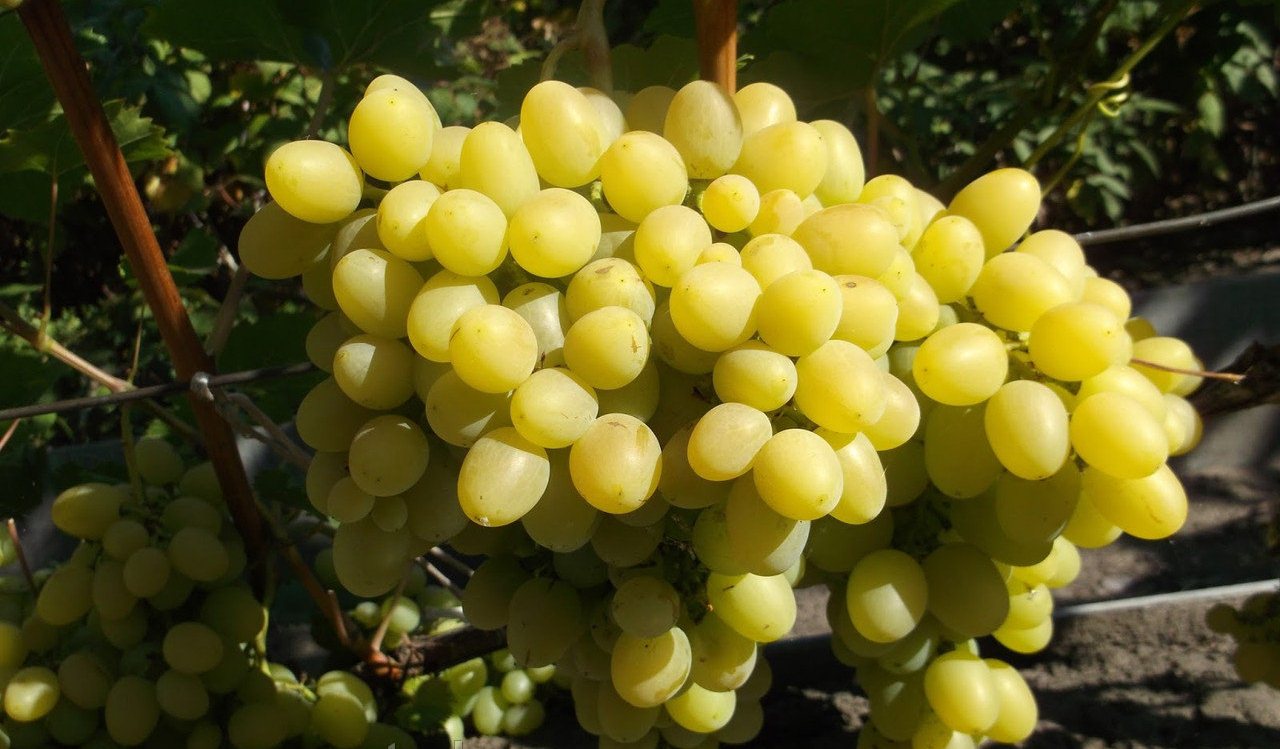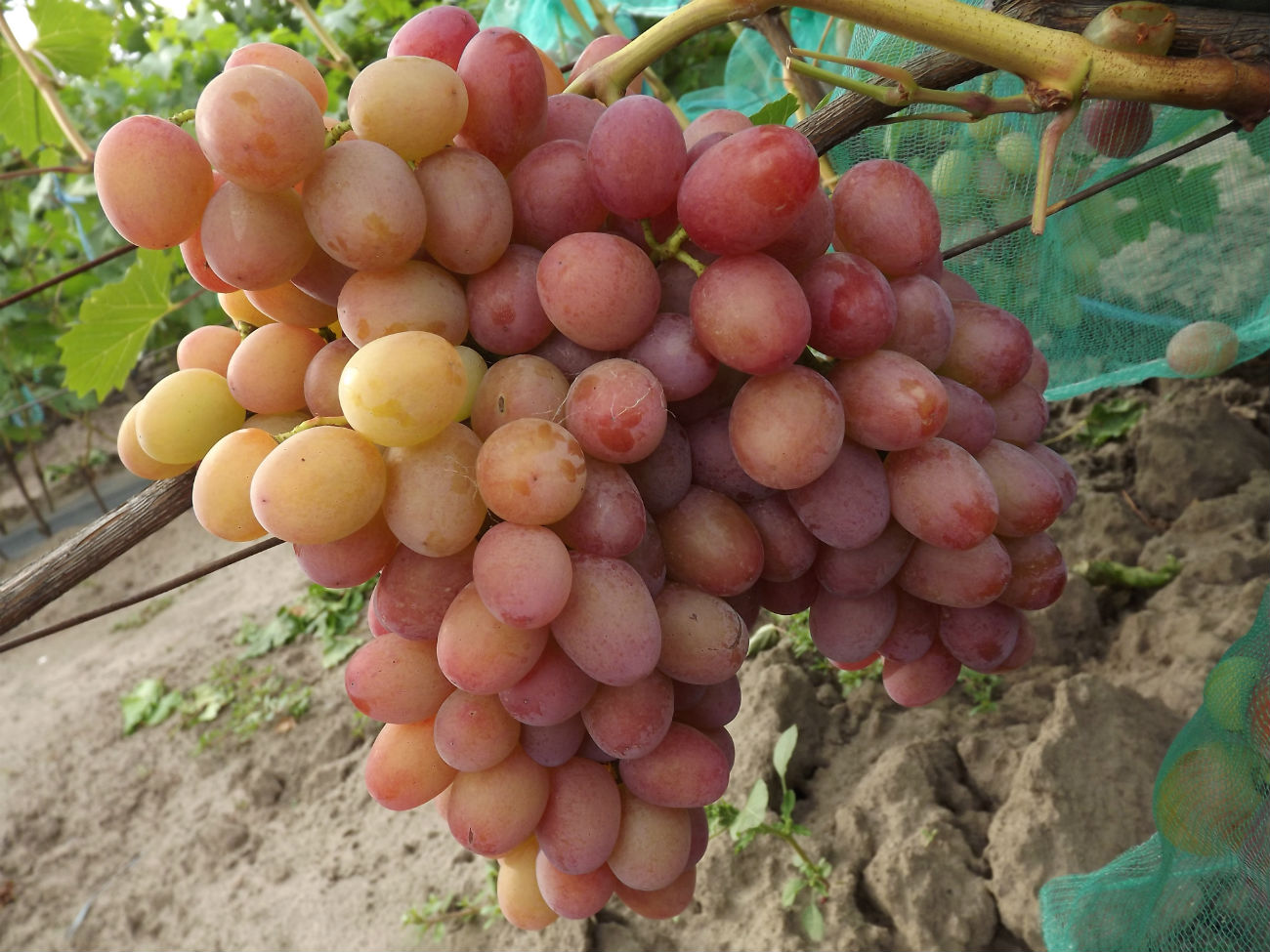Content:
For plants to grow and develop well, they need additional nutrition. This is especially true for mature bushes over 3 years old, since at this age the vine draws out all the nutrients from the soil. Knowing how to feed the grapes, you can count on a generous harvest.
What microelements do grapes need
You need to take care of the grapes throughout the season. In addition to watering, loosening and pruning, plants need additional nutrition:
- Potassium helps grapes to overcome extreme weather conditions: a sharp cold snap, frost, prolonged rains, drought. If there is a potassium deficiency, then the vine will be more susceptible to various infections and pests. You can notice the lack of this element by the presence of brown or reddish leaves, and young shoots also become thin and lag behind in growth. Potash fertilizers are applied in the fall.
- Magnesium - an element that promotes the absorption of phosphates. Without magnesium, the processes of photosynthesis and protein formation are impossible. Affects the taste of grapes. If the vine lacks this element, then the edges of the leaves will begin to brighten and then turn yellow. With a progressive lack of magnesium, red dry warts appear on the leaves.
- Phosphorus. Grapes are in dire need of it for flowering, emergence and growth of ovaries. Ripening of berries is also impossible without it.
- CopperIs a fertilizer for grapes that strengthens the immune system, promotes the growth of young shoots.
- Zinc. With its lack, the amount of harvest is sharply reduced, the leaves become brittle, the grape clusters are loose, and the berries are small.
- Bor. The element strengthens the ovaries, stimulates flowering, increases sugar in berries, accelerates the ripening process of bunches.
- Nitrogen. This trace element is needed at the very beginning of the growing season of plants, if there is enough nitrogen, then new shoots are actively developing on the vine, leaves grow. Lack of nitrogen in the fall leads to a delay in the ripening of berries and the wood tarnishes, which serves as the protection of the vine in the winter.
What can you feed grapes
Mineral dressing:
- Potassium salt. Use 50 g per bush. Around the vine you need to dig a groove and pour potash salt into it, and then cover the fertilizer with soil. If the top dressing is not covered with earth, then all the useful components will evaporate in the air.
- Ammonium nitrate. This fertilizer contains nitrogen and potassium. Saltpeter is introduced into the soil, stored in a tightly closed pack. Read the instructions on the package before use.
- Nitroammofoska - top dressing, which includes nitrogen, phosphorus, potassium. This fertilizer is stored in closed rooms at a temperature not exceeding 28 ° C. It cannot be used in the fall, otherwise the crop will be high in nitrates.
- Ammophos. The composition is highly soluble in water, so it can be used for spraying plants and as a root subcortex. Ammophos consists of ammonia (12%) and phosphorus (54%). Before use, you need to read the instructions, which indicate how to calculate the proportions.
Azofoska. Light pink granules ranging in size from 1 to 5 mm. Easily soluble in water and completely absorbed by plants. The composition contains nitrogen, phosphorus and potassium.Experts recommend using Azofoska on heavy clay soils. How to dilute is indicated on the package. - Carbamide, or urea - nitrogen-containing fertilizer, which acidifies the soil, therefore it is used for alkaline and neutral soil. The white granules dissolve easily in water and do not have an unpleasant odor.
Organic fertilizers:
- Manure - a simple tool that will help fertilize grapes with potassium, phosphorus, nitrogen. It is optimal to use rotted manure for this culture. It is enough to apply such a biological fertilizer once every 2-3 years.
- Chicken droppings. To prepare a solution, 1 kg of droppings are poured with 2 large buckets of water. After 10-15 days, the working solution will ferment and will be ready for use: dilute 1 liter of slurry in 10 liters of water and water the grapes. For one adult plant, use 2 buckets of diluted fertilizer. If the vine is young (up to 3 years old), 2 liters of nutrient composition is enough.
Below are examples of how to fertilize grapes using simple ingredients.
Folk remedies
- Yeast. For young or adult grapes, you can make a fresh yeast top dressing with your own hands. It is allowed to feed the grapes with this raw material 2-3 times per season. Fresh baking yeast is dissolved in a bucket (5 l) and 2 tbsp. tablespoons of sugar or jam, then mix everything well and leave to ferment for 2 hours. It's good if the bucket with the solution is in the sun. For watering the vines, use 10 liters of water and 0.5 liters of the resulting composition.
- Ash. For its preparation, dry branches cut from a tree or plant residues are suitable. Ash contains useful substances such as sodium, magnesium, calcium, potassium. Ash is sprinkled around the plants or a solution is prepared within 3 days: pour water into a bucket of ash (1/4 part). The prepared solution is thoroughly mixed and the plants are watered at the root.
- Infusion of nettle. Stinging nettle is coarsely crushed, placed in a large bucket and covered with water. The amount of grass should almost completely fill the container. Every day the infusion is stirred, after 6 days the fertilizer will be ready. Apply nettle food at the rate of 1 liter per 10 liters of water.
Features of feeding grape seedlings
When purchasing planting material, gardeners are interested in how to feed young grapes for good growth. This question is especially relevant if there is depleted soil on the site.
Digging a hole for planting a seedling, mix the top of the soil with 2 buckets of humus or compost. A special nutritional composition is added to this part. Top dressing for young grapes with your own hands:
- superphosphate - 200 g;
- wood ash - 200 g;
- ammonium sulfate - 100 g.
This substrate is filled with a hole in 2/3 parts, the top is covered with ordinary soil with a layer of 10-15 cm.
In the first year, if additional food was introduced during planting, the young bushes of grapes are no longer fed.
The second feeding is carried out in June (at the beginning of the month). At this time, grapes need a complex of nutrients, so you can use mullein infusion or chicken droppings.
In the second half of summer the grapes are "fed" for the last time. Meals are brought in from July 20 to August 15. If the event is held later, the vine will not have time to prepare for the winter period.
Fertilizer composition:
- superphosphate - 50 g;
- sulfuric potassium - 25 g;
- water - 10 liters.
All stages of feeding the vine
Let us consider the complex fertilization of grapes by stages of development. Top dressing of grapes in the Moscow region begins in early April, in the middle lane this time falls on the end of April or early May. The soil around the plants is well loosened, humus is laid on top or sprinkled with ash.
- Expanding the kidneys. Around mid-May, buds begin to open and shoots grow actively. During this period, the plant needs a lot of moisture, especially when the winter was little snow. If, after the snow melted, no top dressing was carried out, then in this phase of development, you can use the mixtures Rost-1, Florovit, Kristalon. The preparations contain nitrogen, potassium, phosphorus.
- Bloom. Summer residents often ask how to feed grapes in June. Since during this period the bushes need phosphorus-potassium compounds, nitroammophoska, potassium sulfate or superphosphate are suitable.
- Berry growth. In July, the vine actively spends its energy on ripening berries and young growth, so nitrogen should be excluded.
- Ripening of the crop. During the fruiting period, nitrogen is still not introduced, since its presence in dressings leads to a delay in the ripening of grapes. Potassium-magnesium sulfate is used, 25 g of concentrate is used per 1 m². If during this period there are frequent rains and there is a threat of cracking of the berries, then foliar top dressing of the grapes is carried out with compositions with calcium and boron. For this, the liquid preparation Agrobor sa is ideal, which helps to increase the yield.
- Wooding the vine. At the end of the growing season, the plant must again be fed with mineral compounds, including nitrogen. To increase frost resistance in mid-September, you can process grape plantings on the sheet with zinc sulfate.
- Completion of the growing season. At the end of the season, when the harvest is harvested and the first frosts come, the vine is prepared for winter. As a top dressing, manure is used once every 3 years, which is laid out around the bushes in a small layer of 15-20 cm.
For a good harvest, top dressing of grapes should be carried out according to the above proposed scheme. Every beginner or experienced gardener must decide for himself which composition to choose. Some prefer ready-made fertilizers from the store, not wanting to tinker with folk remedies, others, on the contrary, will spend better time preparing an infusion of nettle or yeast than they will be watered with chemistry.
